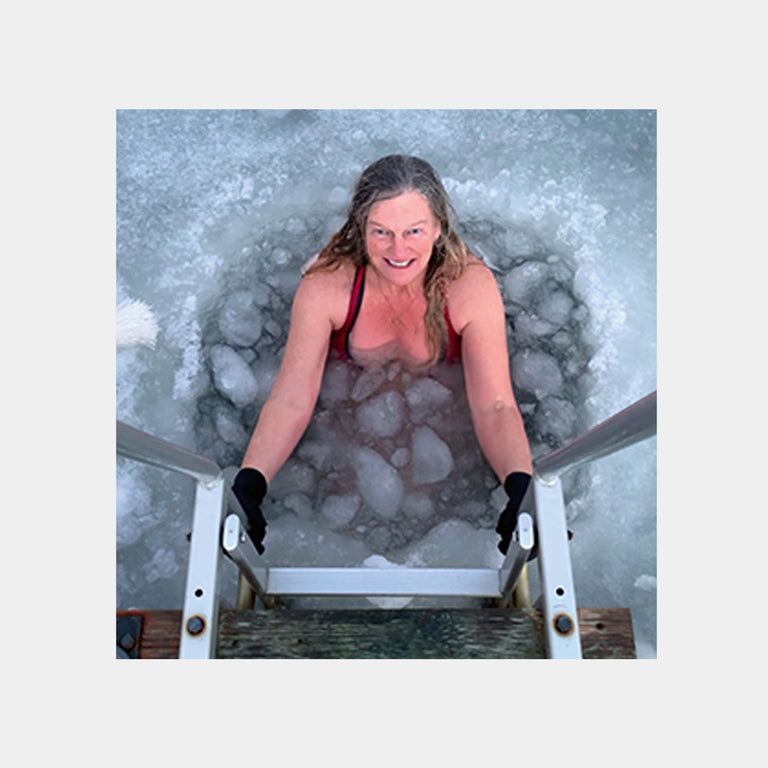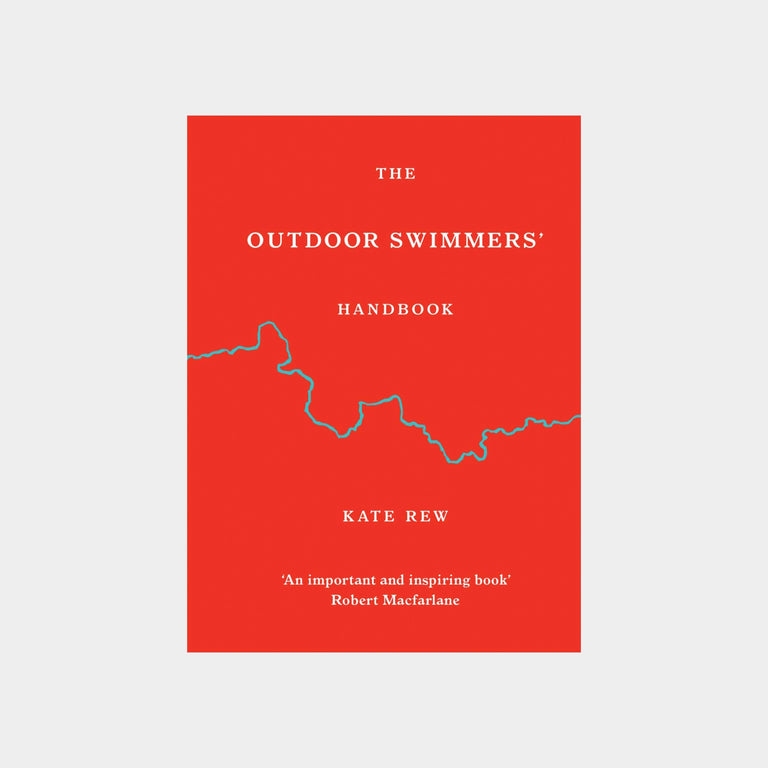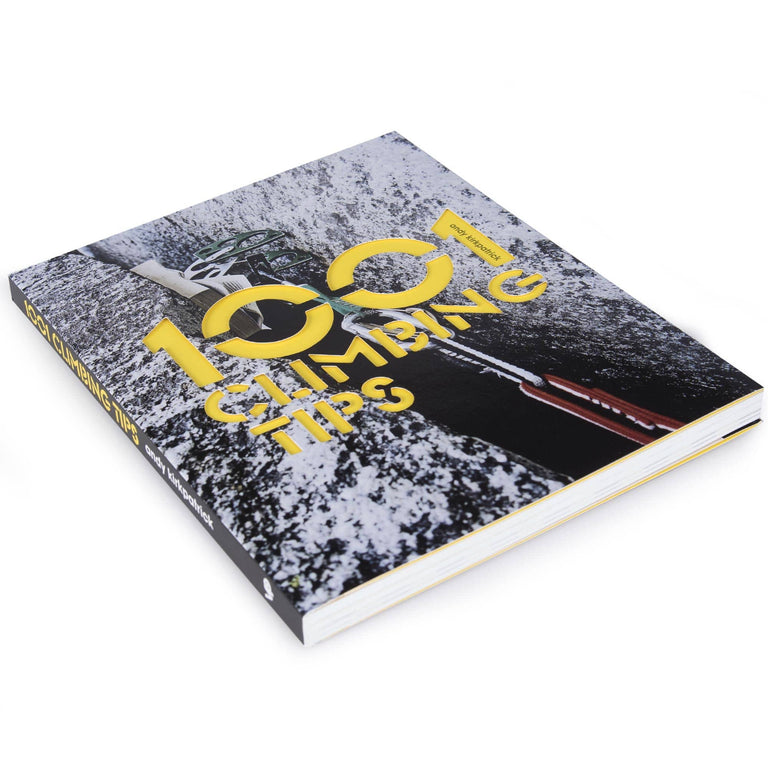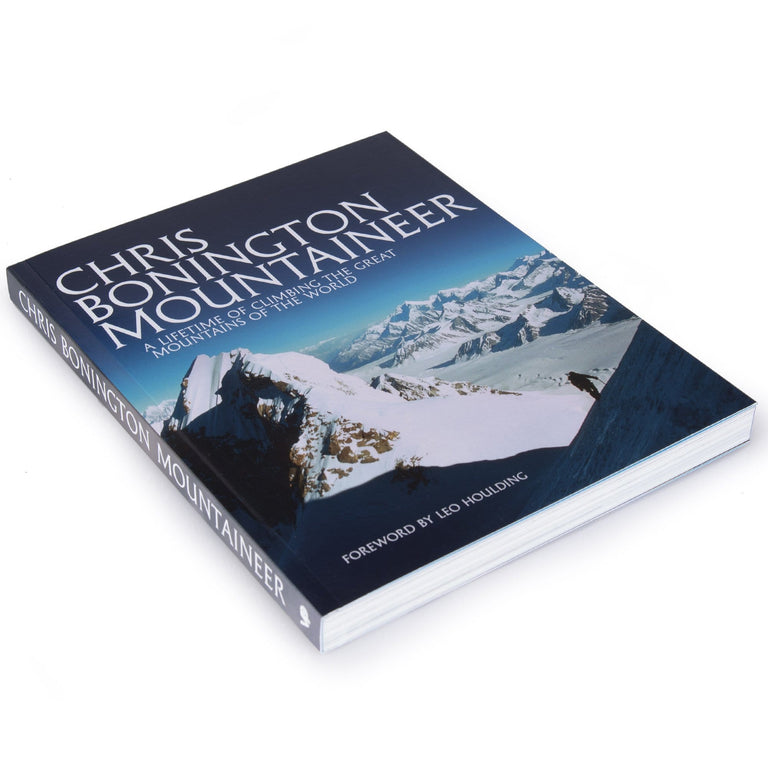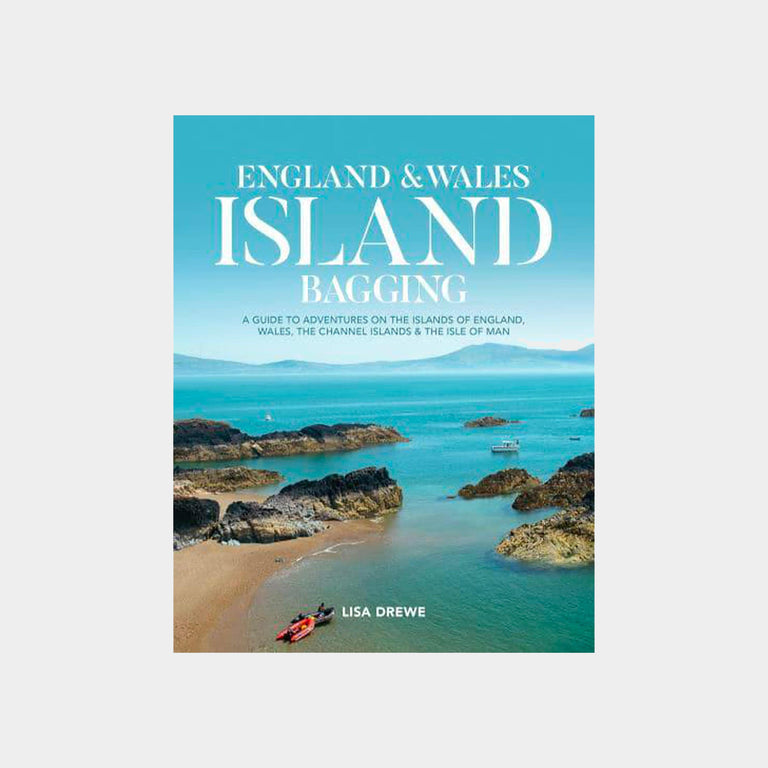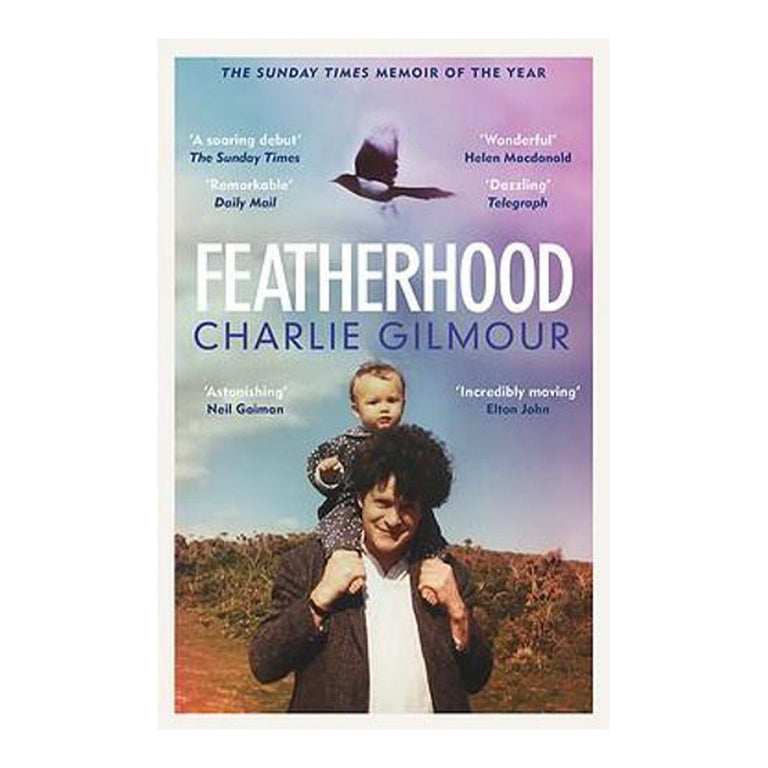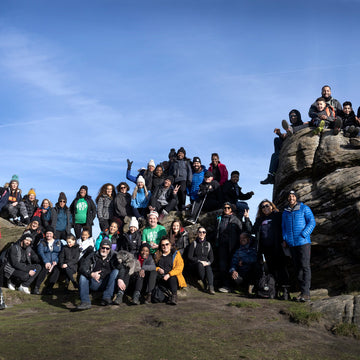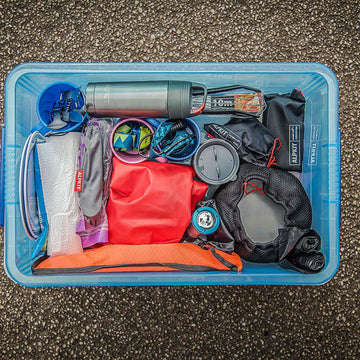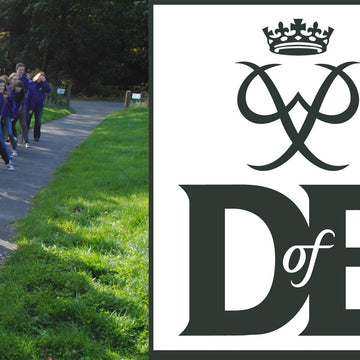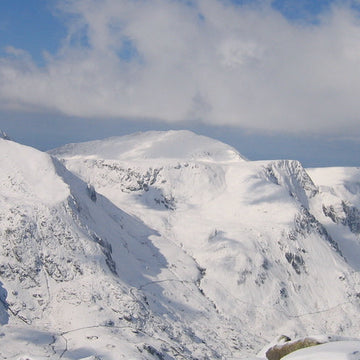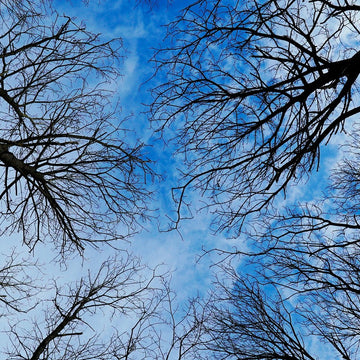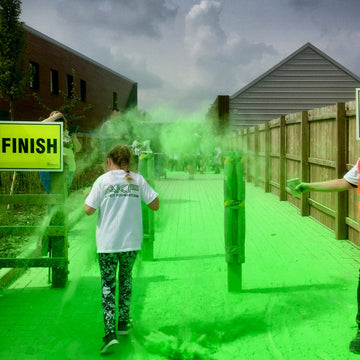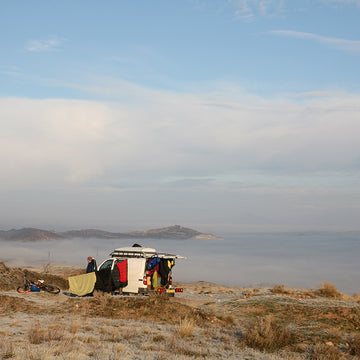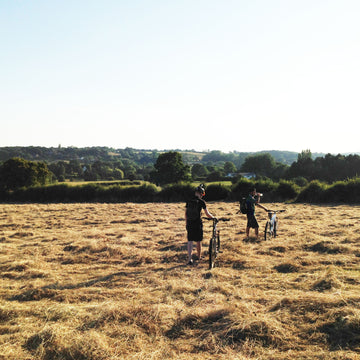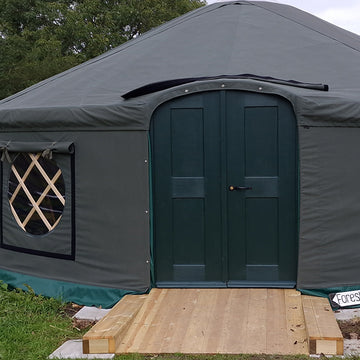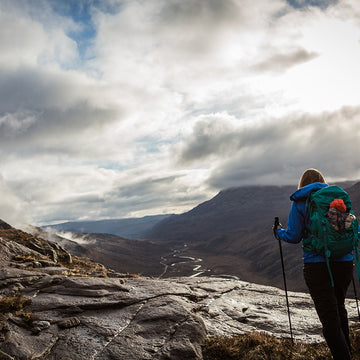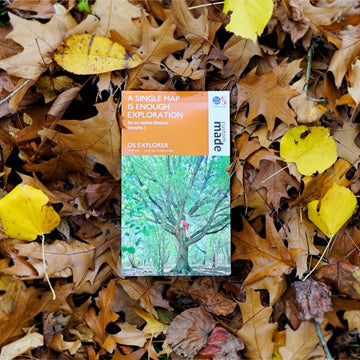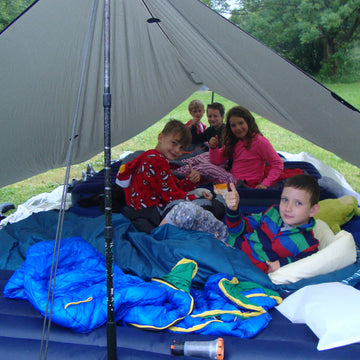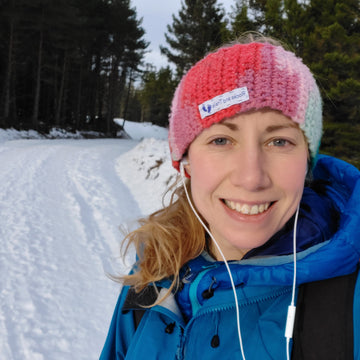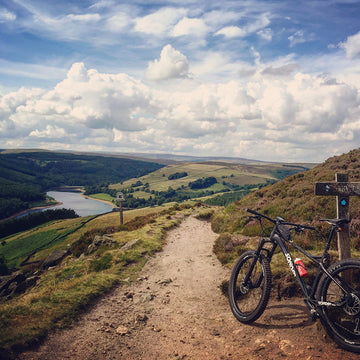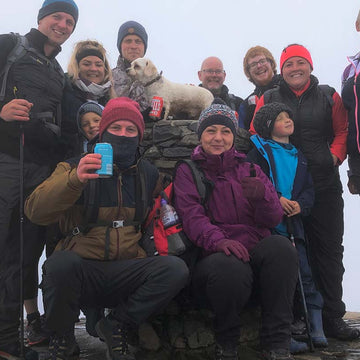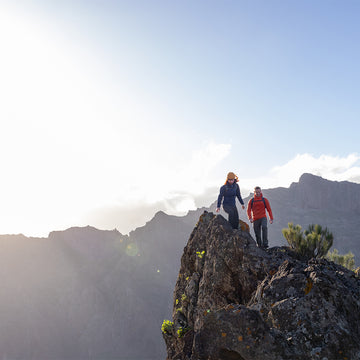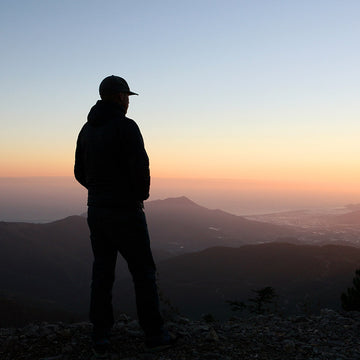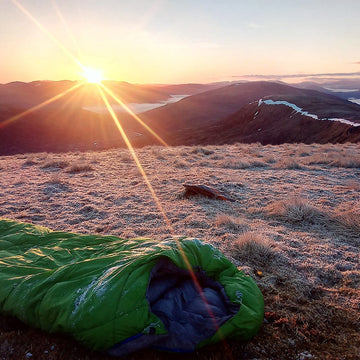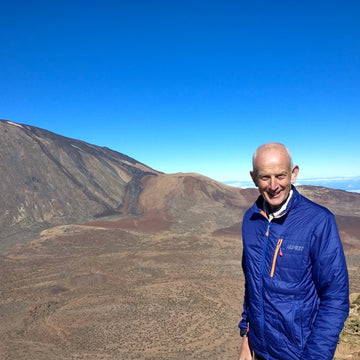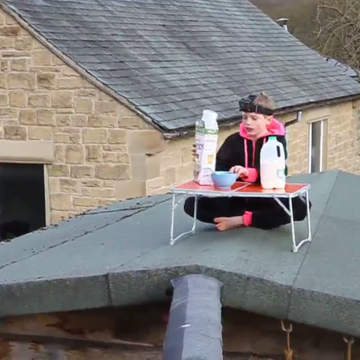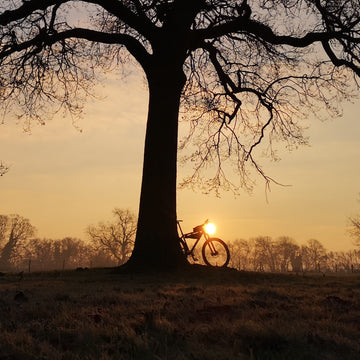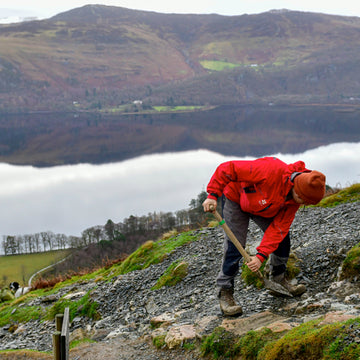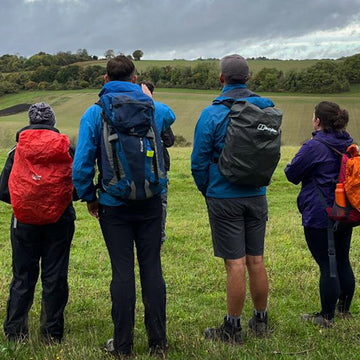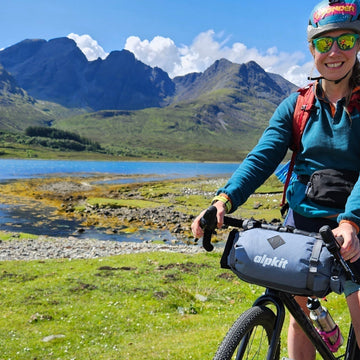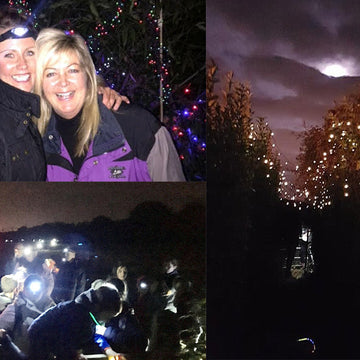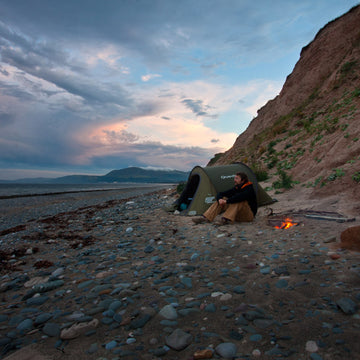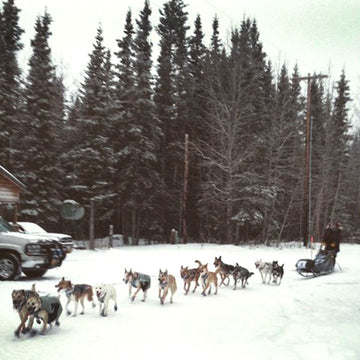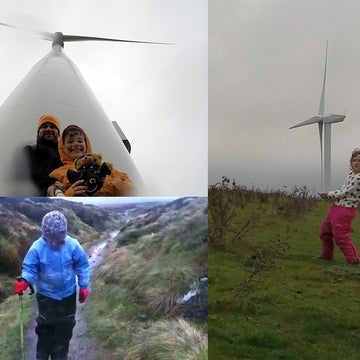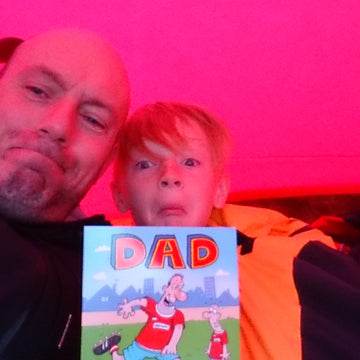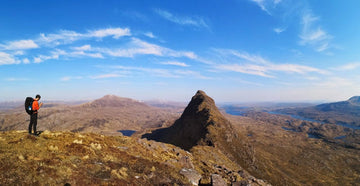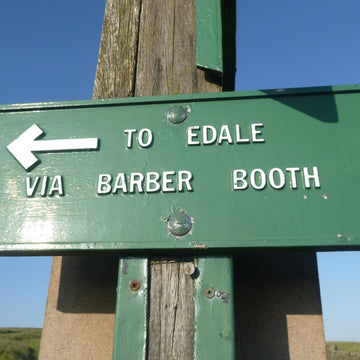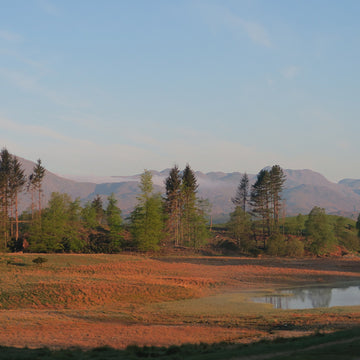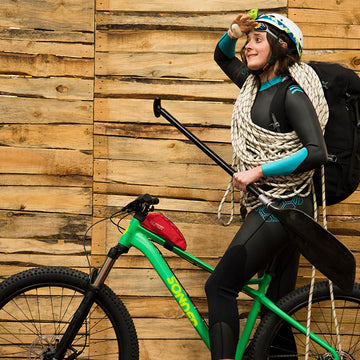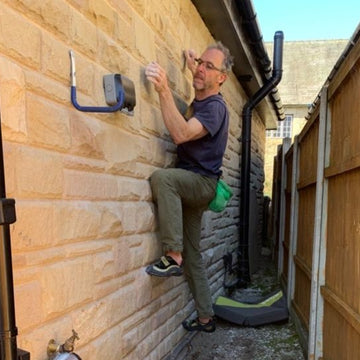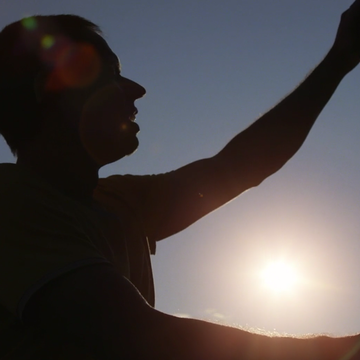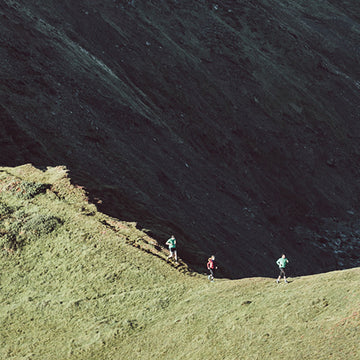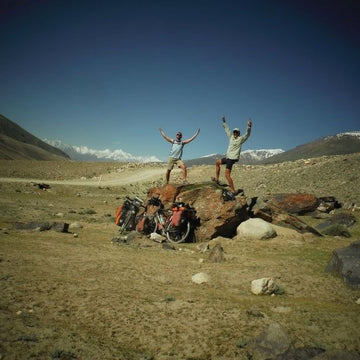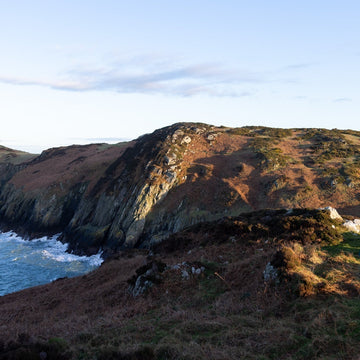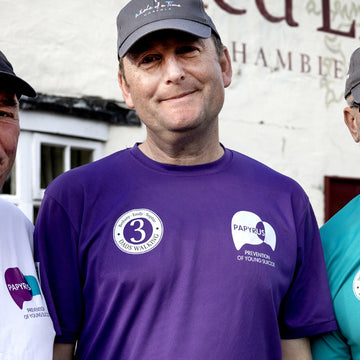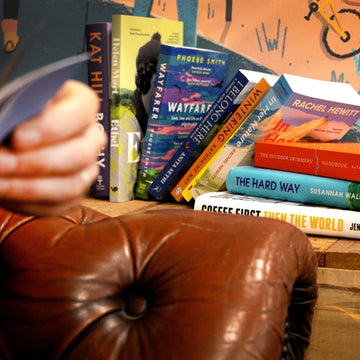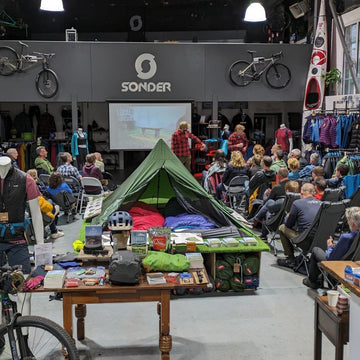
Bex shares her tips for successful family outdoor adventures. She offers important guidance on how to engage children in the planning process, establishing achievable objectives, and ensuring essential items are packed for creating lasting memories.
Adventuring with children differs greatly from organising a trip with just adults. Packing, logistics, managing distances and food intake are all different. It took us a while to get the balance right and to realise where the struggles would come from and what to let go of.
1. Expect things not to work out as planned
We’ve yet to have a family adventure that has gone entirely to plan! Usually, this has resulted in cutting the adventure short or changing the plan because we overestimated our/the children’s stamina or the distance we can cover. Before setting off, have a plan B, and also a plan C in place. This will make it much easier to adapt and still make a success of the adventure if (when!) things don’t go to plan.
2. Less is more
This has been our biggest learning. While we used to love a complex and challenging adventure with children in tow, it really is the case that less is more. A simple plan, with lots of downtime factored in and logistics that won’t make your brain melt, is a recipe for success. Shorten the distance you expect to travel..and then shorten it again.

Over the last few years, I’ve learned to let go of the idea that we needed to travel far to have a sense of wilderness and adventure. Even trekking a mile into a National Park can give you stunning scenery and a sense of being far from civilisation.
3. Print your packing lists
They might be small, but, my goodness, children can need a lot of stuff! This is especially true if travelling with infants. We’ve made a habit of printing our packing lists (and updating them after every adventure). This makes the packing processso much easier and means you’re less likely to forget something vital.
4. It’s worth the effort
A common theme with all my family adventures is that I get to the moment of leaving, and I suddenly have a strong sense that I don’t want to do it anymore. After hours of planning and packing, all while juggling an anxious, over-excited child, I’m tired. I want to crawl into my bed and do nothing. As soon as I start the adventure, all that melts away. I always found that parenting was much easier on an adventure away from house chores and work, and I find myself relaxed and enjoying the moment. The effort is worth it, I promise!

5. Let go of the idea of entertainment
We’re obsessed in Western cultures with entertaining our children but, left to be bored for a bit, children will soon make up their own games. This is especially so outside. The more you practise this, the longer they will be able to play outdoors unaided. Don’t worry about bringing toys or screens; trust that sticks, rocks, and streams will provide all the entertainment they need.
6. Get the children involved in everything you do
Getting older kids involved in planning and choosing routes will make them much more engaged with the adventure. Teach them how to navigate and trust them to lead easy stretches. At the campsite, let them help set up the tent or light a fire (even if it takes longer) - even better if you can let them work it out themselves with minimal/no instruction.
We only go on adventures that we want to do ourselves.
Children thrive off feeling independent and having autonomy and remember that this supports them in becoming problem-solving and capable individuals in the outdoors.

7. Stick to your usual routines (although maybe not for day one)
As much as possible, we stick to our usual sleep and food routines that we have at home. This helps keep the children happy, rested and feeling secure. The exception is the first day when there’s usually way too much excitement to get any small person rested and well-fed. So on the first night, we let the children run wild until they crash!
Lack of sleep and fatigue can be a big enemy in the outdoors for all the family. Make sure you factor in plenty of rest time and breaks, and ensuring everyone is sleeping well will help keep morale and energy up.
8. Remember, it’s your adventure too
While it might not be the adventure you would choose if you didn’t have children, it’s important to remember that it’s still for you as much as for them. We only go on adventures that we want to do ourselves. To places we want to visit, doing activities that we want to enjoy. That way, we also take enjoyment and satisfaction away from experience. Remember, it’s a family adventure, so your enjoyment is just as valid and important as the children’s.

9. Throw more adults into the mix
If you have the luxury of bringing a patient friend or family member on your adventure with you, that can massively reduce the load - both physically carrying the gear but also emotionally managing childcare and tasks that need to happen.
A better idea might be to go on an adventure with another family - the same way the Somerset and Pearson-Smith family joined together for a cycle tour in France. The adults will understand the slow pace and disruption children are likely to bring your adventure. Although not always easy - throwing more children into the mix and merging with differing family styles can cause conflict - if successful, it could enable you to pool your energies and expertise to go on more ambitious adventures while sharing great memories with good friends.
Bex is founder of the Womens Adventure Community Love Her Wild and author of Family Adventures: How to adventure with babies and children. Find out more about Bex at bexband.com


